Japanese and Korean Hibakusha have been campaigning for decades to raise awareness of the devastating effects of nuclear war. They share their stories in print and digital media, through art and education projects in schools, travelling the world to tour this work.
Whilst in Hiroshima this August for the World Conference Against A&H Bombs, I heard Hibakusha share their memories of the 6th and 9th August 1945, and the struggles of the weeks, months and years following. In these accounts I heard of the stigma some faced due to misinformation about radiation sickness as contagious; I heard about living in fear of illnesses developing in later life; I heard of tragic loss and heartbreak. Yet the Hibakusha don’t bury these memories inside themselves, despite the pain remembering must cause. They continue to campaign, and vow to do so until the world has been rid of nuclear weapons.
It is crucial that whilst first generation Hibakusha are still with us, we record and share their stories so that future generations hear, through the powerful voices of survivors, of the damage and after-effects of the atomic bombing.
As many first generation Hibakusha are now of an advanced age, future generations will not have access to the same experience of hearing from survivors directly, and we must push to achieve our aim within the lifetime of those who have been most affected. Weapons like these must never be used again.
In the following recording, Emily Rubino, Director of Peace Action New York State, talks about what the peace movement could do to be more effective in our mission. Next, Jill Truman shares memories of Greenham Women’s Peace Camp, reminding us what citizen activism can achieve. And finally, we hear a song ‘Together, Together’, written during this years Peace March from Tokyo to Hiroshima - a walk that takes three months, by Philipino activist Nitya Lila.
Text and audio recordings by Hannah Kemp-Welch


